Year in review: Our most popular articles about the Bay in 2016
From blue crabs to smartphone apps, take a look back at our most-read articles

As 2016 draws to a close, we’re counting down some of our most-read articles of the year. Take a look back at our some of our most popular stories, from good news in Chesapeake Bay health to experts working on-the-ground to protect local waterways.
#10: Adult female blue crab abundance rises 92 percent in 2016
The Chesapeake Bay’s adult female blue crab population increased 92 percent since the population was surveyed last winter. While the current adult female blue crab abundance of 194 million is well above the overfishing threshold, it remains below the 215 million abundance target.
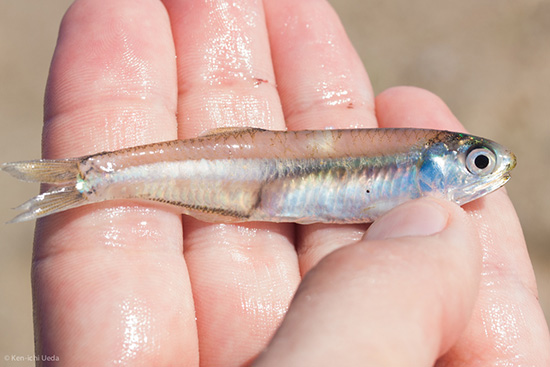
#9: By the Numbers: 458,000
When you imagine fish in the Chesapeake Bay, top predators like striped bass probably come to mind. But what some call the most important fish in the Bay measures no longer than the width of your hand. The bay anchovy (Anchoa mitchilli) is “the single most abundant fish on the east coast of North America,” according to fisheries scientist Ed Houde, and an average of 458,000 tons of the tiny fish are produced in the Chesapeake Bay each year.
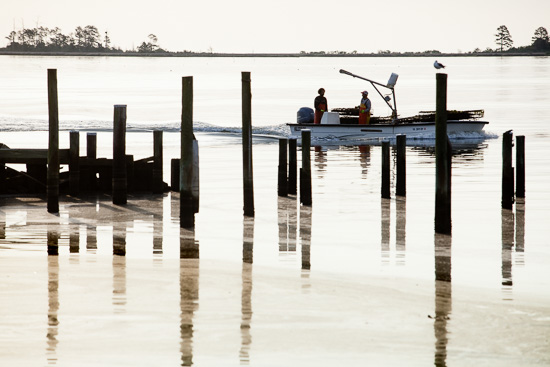
#8: Water quality improves, pollution falls in the Chesapeake Bay
The amount of nutrient and sediment pollution entering the Chesapeake Bay fell significantly between 2014 and 2015, helping improve water quality in the nation’s largest estuary. While experts attribute this drop in pollution loads to dry weather and below-normal river flow, local efforts to reduce pollution—including upgrading wastewater treatment plants, lowering vehicle and power plant emissions, and reducing runoff from farmland—also played a role.
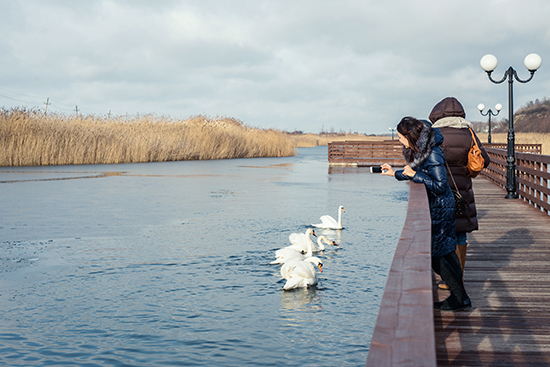
#7: Six free apps to help you explore the Chesapeake Bay region
From listening to music, ordering takeout, playing games or taking pictures of our pets, it seems like there’s a smartphone app for everything. Although our world is becoming much more digital, there are a multitude of apps that can help get you outside and introduce you to the natural world, including these six that can help you discover the Chesapeake Bay region.
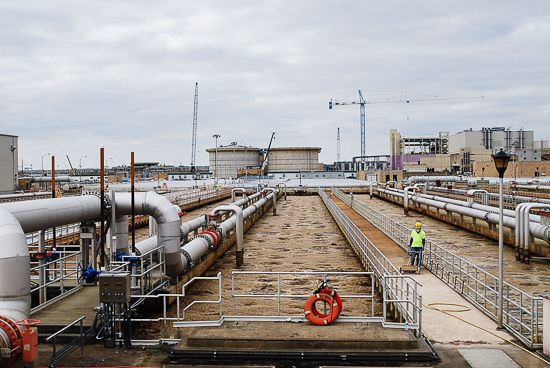
#6: Data show drop in estimated nutrient, sediment loads entering Chesapeake Bay
Computer simulations show that pollution controls put in place between 2009 and 2015 have reduced the amount of nitrogen, phosphorus and sediment entering the Bay by eight, 20 and seven percent. During the 2014 to 2015 reporting period alone, these controls reduced nitrogen, phosphorus and sediment loads by three, three and four percent.
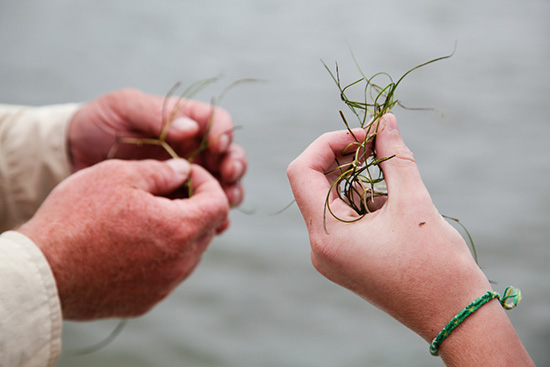
#5: Monitoring finds more than 91,000 acres of underwater grasses in Chesapeake Bay
Between 2014 and 2015, underwater grass abundance in the Chesapeake Bay rose 21 percent, bringing underwater grasses in the nation’s largest estuary to the highest amount ever recorded by the Virginia Institute of Marine Science aerial survey and surpassing the Chesapeake Bay Program’s 2017 restoration target two years ahead of schedule.
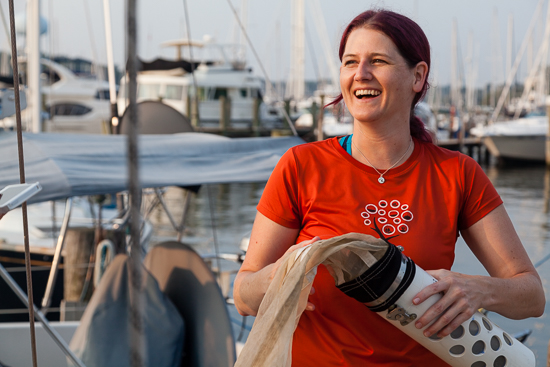
#4: From the Field: Trash Trawl hauls microplastics from Bay waters
Follow Julie Lawson, Director of Trash Free Maryland, as she trawls the Chesapeake Bay, sampling for microplastics—degraded bits of waste less than five millimeters in size. Her research will help determine how much plastic—and what type—is in the Chesapeake Bay, helping to set a baseline to determine if the level of pollution is going up or down.

#3: Restoration Spotlight: Maryland farmer develops solution for agriculture runoff
As a farmer in Chestertown, Maryland, Sam Owings knew the challenges of controlling agricultural runoff, which makes up the single largest source of nutrient and sediment pollution in the Chesapeake Bay region. He combined his knowledge of farming and stormwater to develop his own solution: what he calls the “cascading system.”
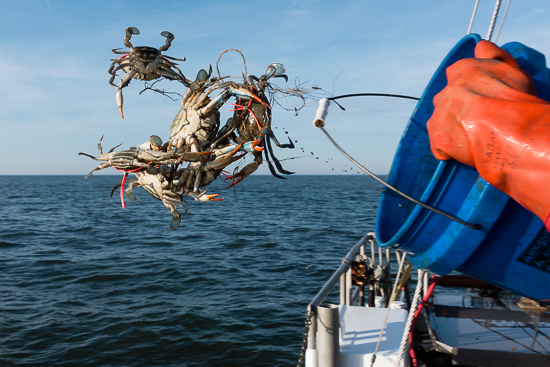
#2: Photo Essay: The blue crab winter dredge survey completes its course
From December to March, assessing the health of the Chesapeake Bay’s blue crab population means long stints on the water for scientists from the Virginia Institute of Marine Science. The data they collect helps provide a Bay-wide estimate of blue crab populations and determine how many can be harvested without hampering the recovery of one of the Chesapeake Bay’s defining resources.
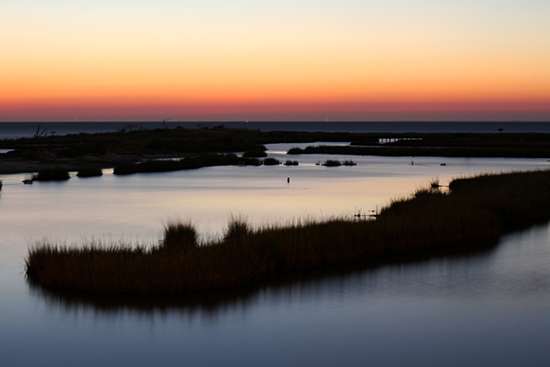
#1: Fourteen reasons to love the Chesapeake Bay
The Chesapeake Bay region is home to breathtaking natural beauty, rich culture and history and—of course—delicious food. From the first blue crab of the season to the last day out on the water, the Bay brings us so much joy that we had to share it.
Did you have a favorite Chesapeake Bay story from this year? Let us know in the comments!

Comments
There are no comments.
Thank you!
Your comment has been received. Before it can be published, the comment will be reviewed by our team to ensure it adheres with our rules of engagement.
Back to recent stories